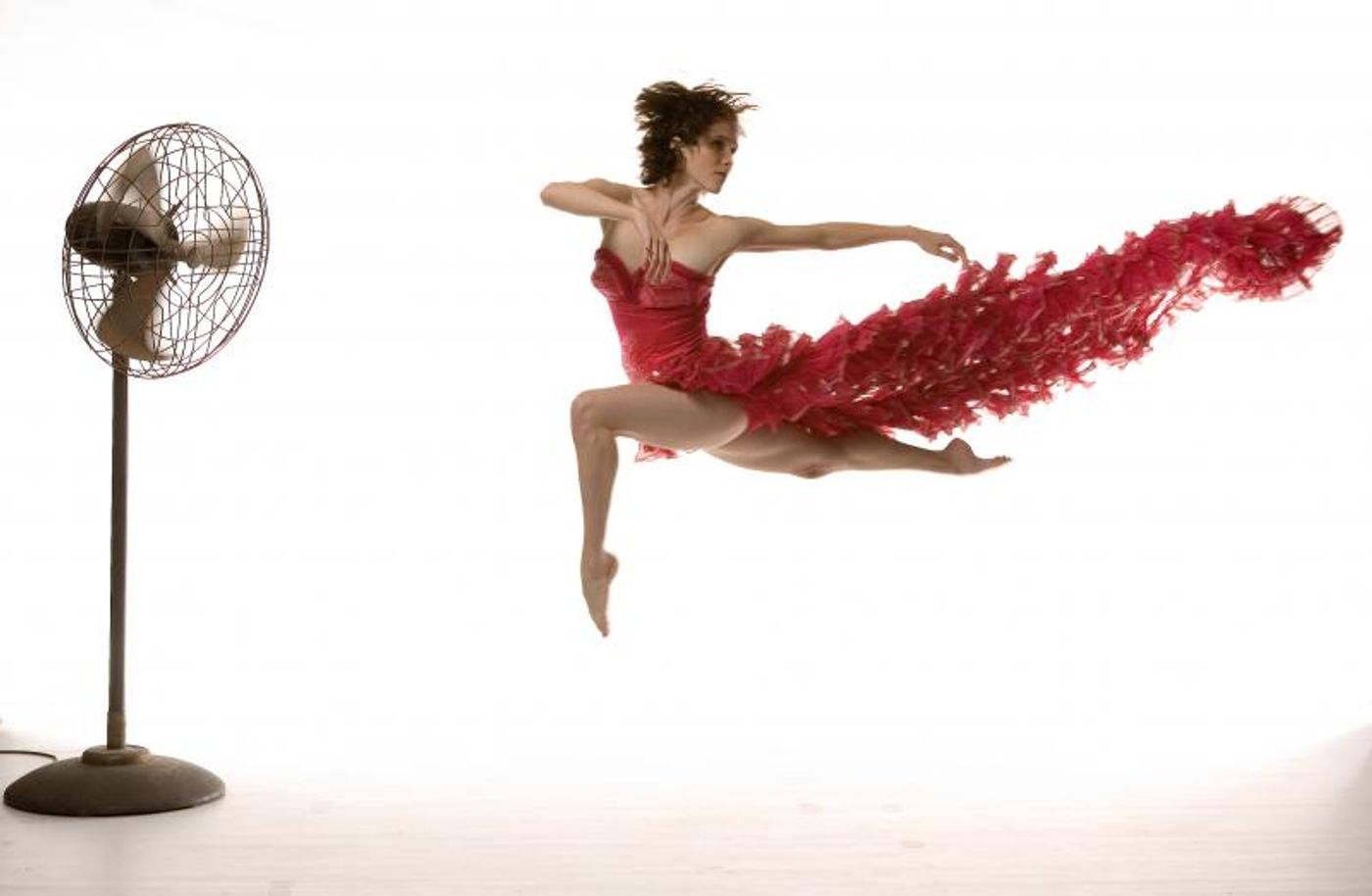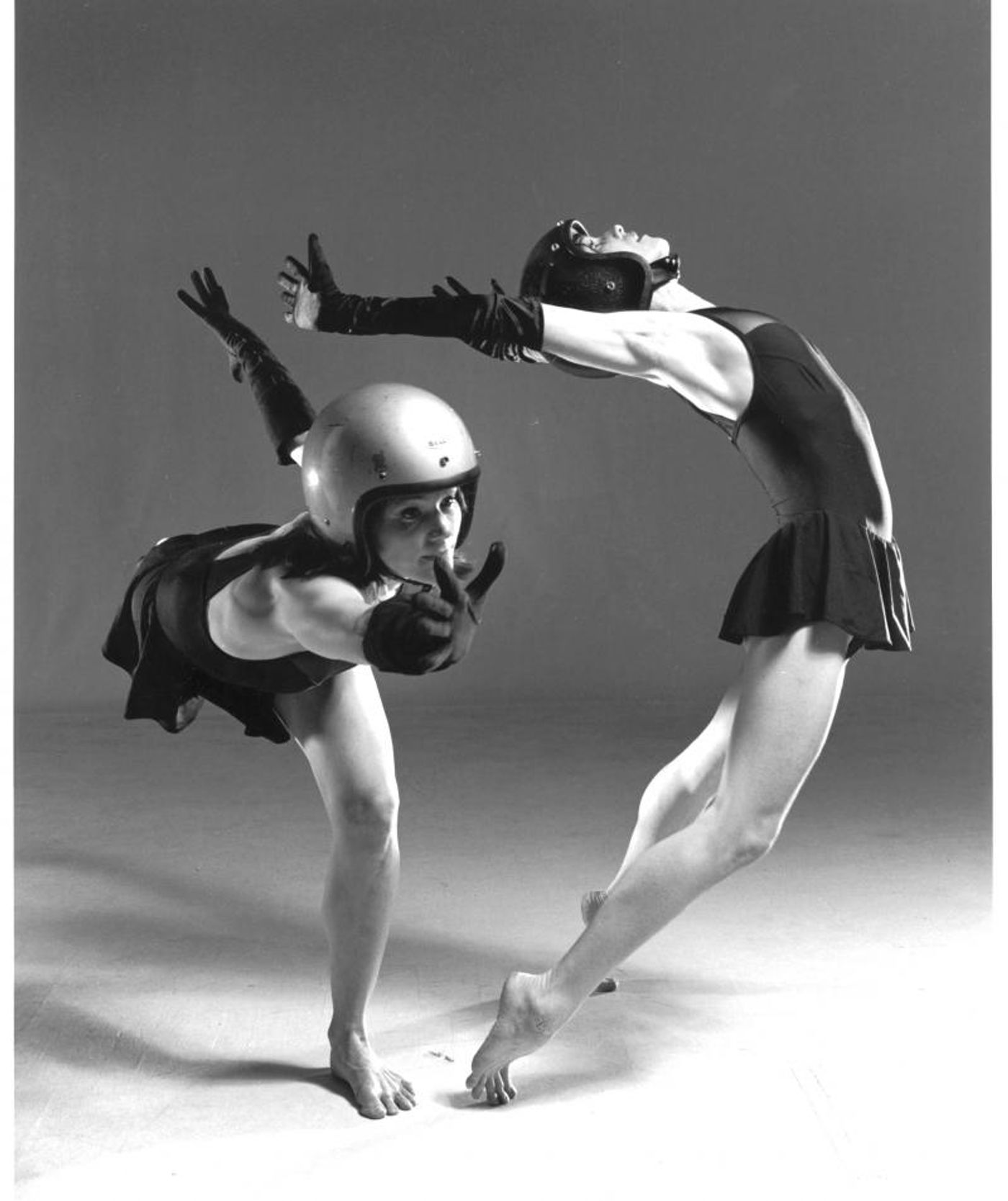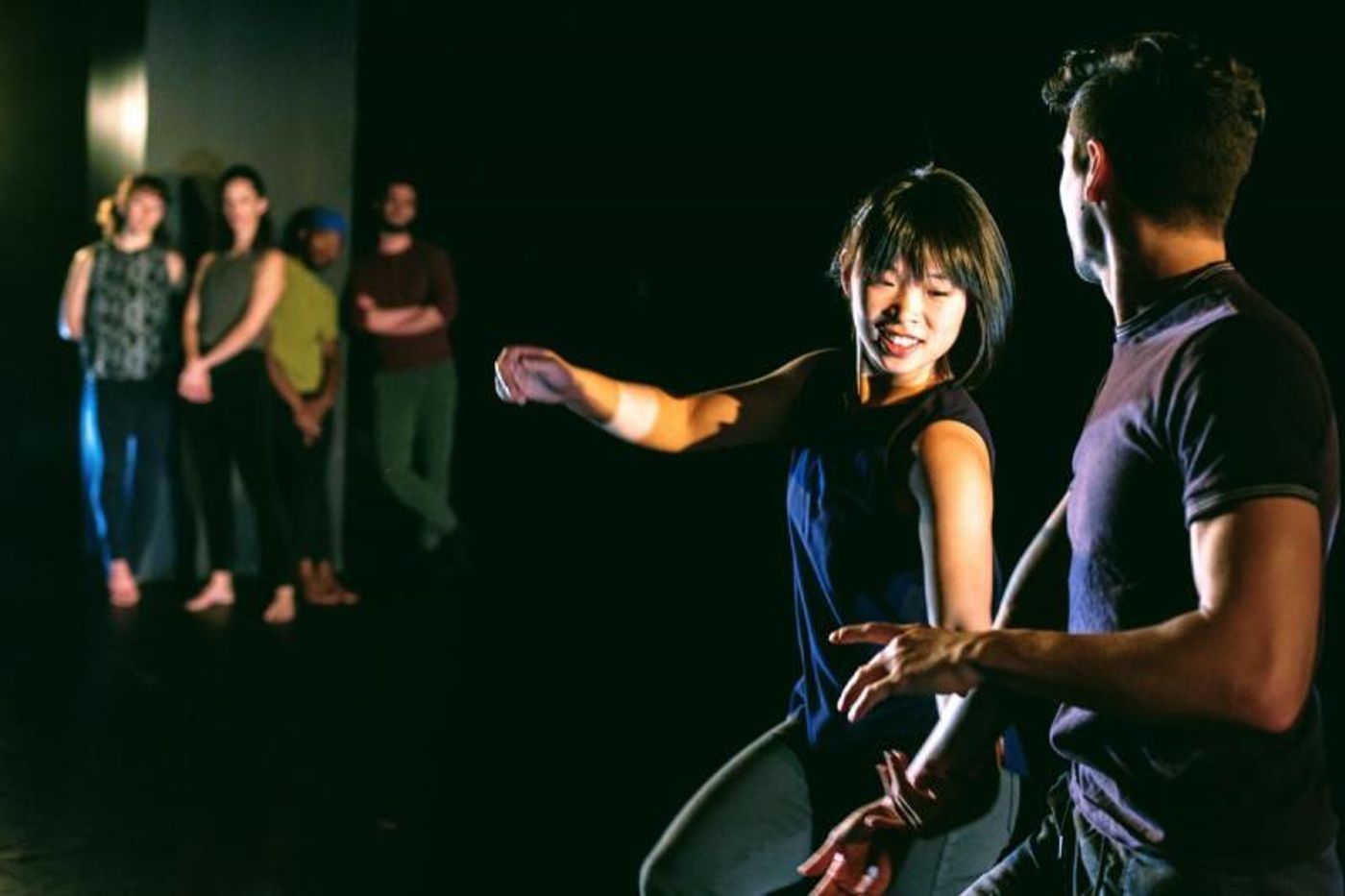Interview: Theatre Life with Julia Rhoads

Today's subject Julia Rhoads is currently living her theatre life as the founding Artistic Director of Lucky Plush Productions. Lucky Plush is a dance company that melds dance with theater, dialogue elements, and more. Their work entitled Rooming House can be seen at the Kennedy Center from May 2nd through May 4th in the Terrace Theater.
Julia Rhoads has created over 25 collaborative works with Lucky Plush productions, several of which have toured throughout the United States, including: Punk Yankees, The Better Half, Cinderbox 2.0, The Queue, SuperStrip, Rooming House, and Rink Life. Additional choreography and movement direction credits include projects with Milwaukee Repertory Theater, Hubbard Street Dance Chicago, Lookingglass Theatre, River North Chicago Dance Company, Walkabout Theater, and Redmoon, among others.
Ms. Rhoads is the recipient of an Alpert Award in Dance, a Fractured Atlas Arts Entrepreneurship Award, and fellowships from Maggie Allesee National Center for Choreography, Chicago Dancemakers Forum, Cliff Dwellers Foundation, Illinois Arts Council, and the Jacob K. Javits Foundation. Julia is a former company member of San Francisco Ballet and ensemble member of XSIGHT! Performance Group. She received her BA in History from Northwestern University, her MFA in Performance from the School of the Art Institute of Chicago (SAIC), and she has taught in the dance and theater programs of several Chicago-area colleges and universities. She is currently Director of Dance and Lecturer at University of Chicago's Department of Theater and Performance Studies.
For something a little different from your traditional evening of dance, check out Lucky Plush's Rooming House at the Kennedy Center. You will get to see something innovative to be sure and more important, you will get to see the work of the company's visionary Julia Rhoads.
At what age did you become interested in dance and what type of dance lessons did you take as a child?
I started dancing when I was nine years old and trained in classical ballet, jazz, character, and a little bit of modern, but I was also very influenced by years of gymnastics training.

Did you go to school for dance? If yes, where did you receive your training?
My earliest training was at the studio home of Salt Creek Ballet, which is located in the western suburbs of Chicago, and I participated in summer programs at Joffrey Ballet, Atlanta Ballet, and San Francisco Ballet. I graduated high school early after receiving a scholarship to attend the San Francisco Ballet school full time, and I became an apprentice in the company the following year. During my year in the San Francisco Ballet, a chronic hip injury caused me to question my decision defer college, and I made a major shift to attend Northwestern University where I received a BA in History.
I returned to dancing when I was at Northwestern and joined the former dance-theater company XSIGHT Performance Group during my senior year. Working with XSIGHT was my first experience in a collaborative devising process, and it brought together my interests in dance, theatre, and performance, all of which continues to inform my work. I later received a Master of Fine Arts in Performance at SAIC, where I focused primarily on playwriting and video design. I also began working with improvisation and humor, which both remain central to my process and work.

How did the idea to start Lucky Plush come about?
My transition into choreography and directing felt very organic since I'd already been involved in a collaborative ensemble and choreographed several independent projects. I started Lucky Plush in 2000 with one of my former collaborators from XSIGHT, Holly Rothschild, and when she moved to LA a couple years later, I made the decision to formalize the company as a nonprofit so that I could fundraise and pay performers and artists for their valuable contributions to the work.
With all the dance companies out there what makes Lucky Plush stand out from the pack?
Lucky Plush's work is a truly hybrid form of dance and theater that combines technical choreography with casual dialogue, surprising humor, and socially relevant storytelling. Our ensemble members are exceptional dancers, and they are also foregrounded as individuals who are authentically themselves onstage. We use rehearsal methods that support each performer to bring their personal perspectives to the work, and that prioritize responsiveness to the actual circumstances of the performance as opposed to more presentational aesthetics that are common in dance. Though our work is rigorously composed, it often feels like it is being generated spontaneously because the performers are given the freedom to have real-time reactions to crafted circumstances.
At the heart of our work is a commitment to connecting with audiences through content that is both thought provoking and relateable, and through shared experiences that are humorous, unexpected, and moving.
From first idea to fully realized production, how long does it take you to create one of your pieces?
Each full-length production takes an average of eighteen months from the first idea to the fully realized production, with breaks throughout to accommodate rehearsing and touring existing productions. The complexity of our work and highly collaborative nature of our process demands a longer period of experimentation and play in which ideas are tested, discarded, and developed as the work takes shape.

Can you please tell us a little something about the piece you will be performing at the Kennedy Center, Rooming House?
Rooming House is my third collaboration with co-creator and co-director Leslie Buxbaum Danzig. The show begins with a conversation among friends about people who have taken extraordinary life-altering actions. When the Greek myth of Orpheus looking back at Eurydice is raised, it launches the group into a live-action game of whodunit (inspired by the board game Clue) in which individual culpability is considered within various stages of decision-making. Through its highly dynamic choreography and whimsical game structure, Rooming House is both a moving and humorous examination of human behavior as the performers wrestle with the tension between making a case for what they care about and making a case to win the game.
In dance, music is as integral to the piece as the choreography. Can you please talk about the scoring of Rooming House?
Lucky Plush's longtime collaborator Michael Caskey composed the original score for Rooming House, and it is integral to the storytelling and emotional and rhythmic arc of the work. As the performers begin to map out their whodunit version of Clue, each 'room' of decision-making is delineated through music, lighting, and choreography, all of which transform as the heat of the game escalates.
As a choreographer, who are some of your biggest influences when starting work on a new piece?
My biggest influences when starting a new work are most often the people nearest and dearest to me-family, friends, and collaborators-and my work almost always draws inspiration from personal experiences. Our most recent project-Trip the Light Fantastic: The Making of SuperStrip-follows a group of washed-up superheroes attempting reinvent themselves in a nonprofit think tank for do-gooders. The work drew inspiration from my experience running a nonprofit and the often-tragicomic circularity of meeting culture and strategic planning processes that so often weigh down the actual work of "doing good."
Can you please tell us about any upcoming projects you have with Lucky Plush and/or elsewhere?
Lucky Plush is currently developing Rink Life, which draws inspiration from the visual aesthetics and social dynamics of 1970's roller rink culture. The choreography is built from the rink's spatial rules and the script-turned-libretto-built from passing conversations, pop song earworms, and a collision of plot points from one-act plays-is entirely spoken and sung live. These source inspirations come together in a nostalgic communal space where people navigate relationships, self-expression, and rejection in real-time. Rink Life is one of eight national projects to receive a National Theater Project Award from New England Foundation for the Arts, a huge endorsement of our distinctly hybrid dance theater work.
I also recently created the Movement Direction for the US premiere of Things I Know to be True by Australian playwright Andrew Bovell, which opened at Milwaukee Repertory Theatre in March and is currently running at Arizona Theatre Company in both Tucson and Phoenix.
Special thanks to Kennedy Center's Press Representative for Ballet/Dance and Education Brittany Laeger for her assistance in coordinating this interview.
Theatre Life logo designed by Kevin Laughon.
Videos


.gif)